
A well-functioning HVAC system makes daily life easier. It keeps temperatures stable, supports clean air, and prevents unexpected discomfort. Many homeowners ignore their system until problems appear. This creates stress and higher costs. Regular servicing and timely furnace repair belgrade mt services can change this pattern. It protects performance and maintains indoor comfort. It also helps reduce energy waste and keeps your home running smoothly. This article explains how routine HVAC care delivers reliable, long-lasting benefits.
Professional Assessment and Early Detection
Regular servicing gives technicians the chance to inspect every component. They look for small signs of wear before they turn into major issues. Early detection avoids breakdowns and unnecessary stress. It also protects the system from strain. A professional assessment creates a steady performance pattern. This helps the system run efficiently without sudden temperature shifts. Many homeowners notice smoother airflow and more consistent comfort after routine checks.
Energy Efficiency and Lower Monthly Costs

Energy efficiency improves when an HVAC system runs without strain. Regular maintenance keeps components clean and calibrated. This lowers energy use. A serviced system also cycles correctly. It avoids running longer than necessary. These differences reduce monthly bills. Many homeowners see the value quickly. A well-maintained system uses energy wisely instead of wasting it. This creates a home environment that feels comfortable without added cost. Regular care delivers savings that grow over time.
Balanced Airflow and Temperatures
Clean and unrestricted airflow matters. Dust and buildup inside the system make it work harder. This leads to uneven temperatures and poor circulation. Regular servicing removes the obstructions that often cause these problems. Once airflow improves, the home feels more comfortable. Each room reaches the right temperature faster. Balanced airflow also helps the system last longer. A serviced unit works without unnecessary effort and avoids common performance dips.
Cleaner Indoor Air and Healthier Living Spaces
Indoor air quality is often overlooked. A clogged filter or dirty coil spreads allergens and irritants through the home. Regular HVAC servicing prevents this. Technicians clean or replace filters. They remove dust from internal parts. This reduces the particles floating in the air. Cleaner air supports a healthier environment. Families with allergies notice a significant improvement. A maintained system also keeps humidity at proper levels. This supports better breathing and creates a more pleasant living space.
Fewer Repairs and Extended System Lifespan
Routine servicing protects the system from early wear. Small components last longer when they are cleaned and adjusted regularly. This reduces the need for repairs. It also slows down the aging process inside the unit. When a system receives steady care, it reaches its expected lifespan without trouble. Some even last longer than average. Preventive maintenance offers the utmost protection for your investment. It keeps your HVAC running dependably season after season.
Consistent Performance During Peak Seasons

Extreme temperatures test any HVAC system. Regular servicing helps it handle these conditions without failing. A tuned system responds faster when the weather shifts. It keeps the home cool during heat waves and warm during cold spells. This consistency brings peace of mind. Homeowners can rely on their system when comfort matters most. Servicing prepares the unit for heavy use and reduces the risk of sudden breakdowns at the worst moments.
Access to Expert Guidance and Modern Solutions
Technicians often uncover patterns the homeowner cannot …

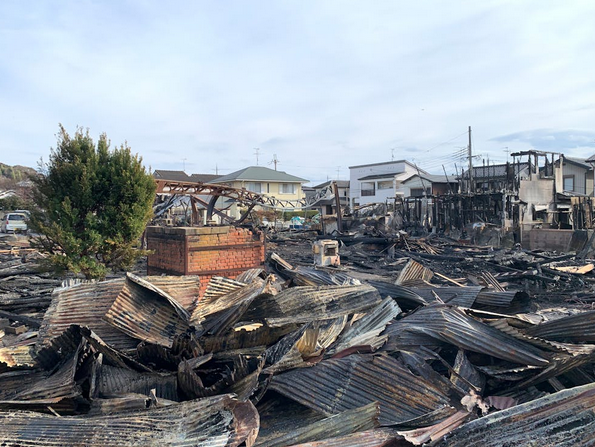


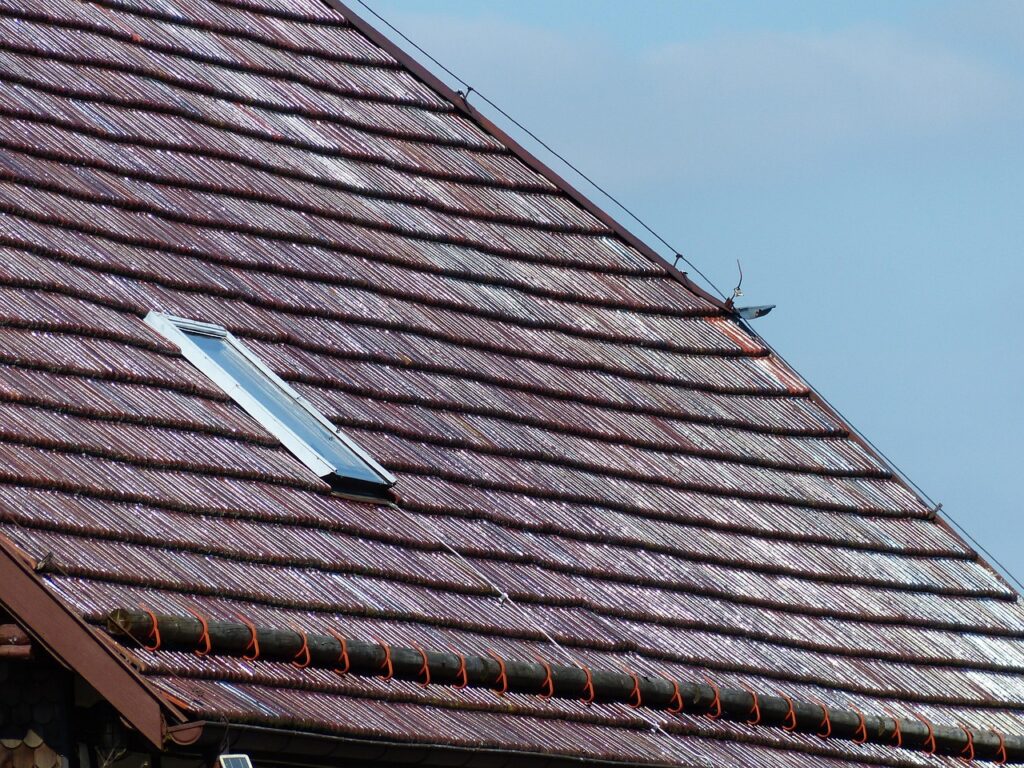
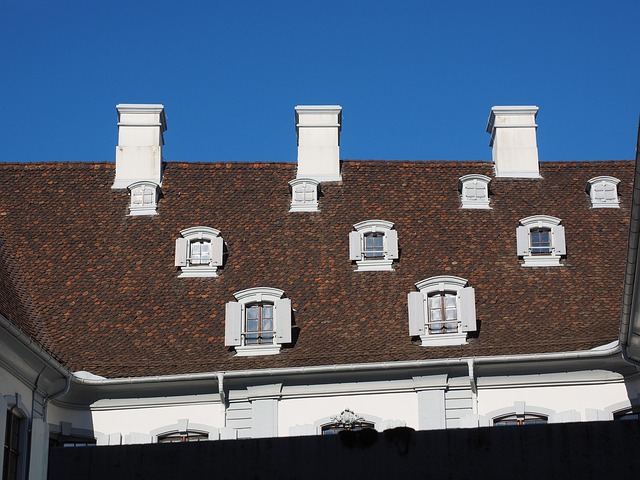




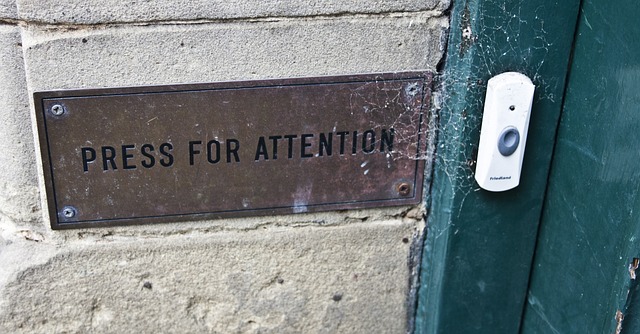


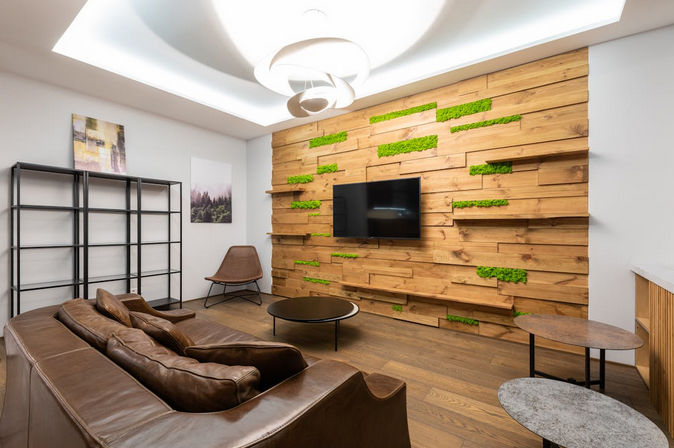

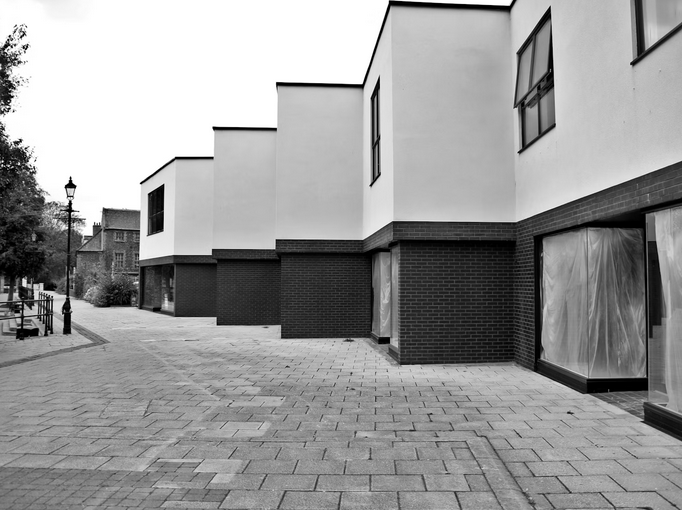





 Termites are commonly known as “silent destroyers” for a reason. These tiny insects may chew through wood, threatening the structural integrity of your home. As they typically live in colonies, termites can create extensive damage over time, leading to weakened support beams, floorboards, and even entire structures collapsing. Regular termite inspections and preventive measures are essential to safeguard your home against this persistent threat.
Termites are commonly known as “silent destroyers” for a reason. These tiny insects may chew through wood, threatening the structural integrity of your home. As they typically live in colonies, termites can create extensive damage over time, leading to weakened support beams, floorboards, and even entire structures collapsing. Regular termite inspections and preventive measures are essential to safeguard your home against this persistent threat.

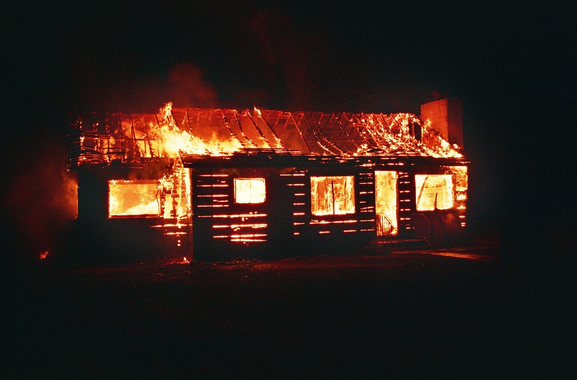
 When it comes to selling a fire-damaged house, having a clear selling strategy in place is crucial. You need to carefully consider your options and decide which approach will work best for you. Here are some strategies to consider:
When it comes to selling a fire-damaged house, having a clear selling strategy in place is crucial. You need to carefully consider your options and decide which approach will work best for you. Here are some strategies to consider: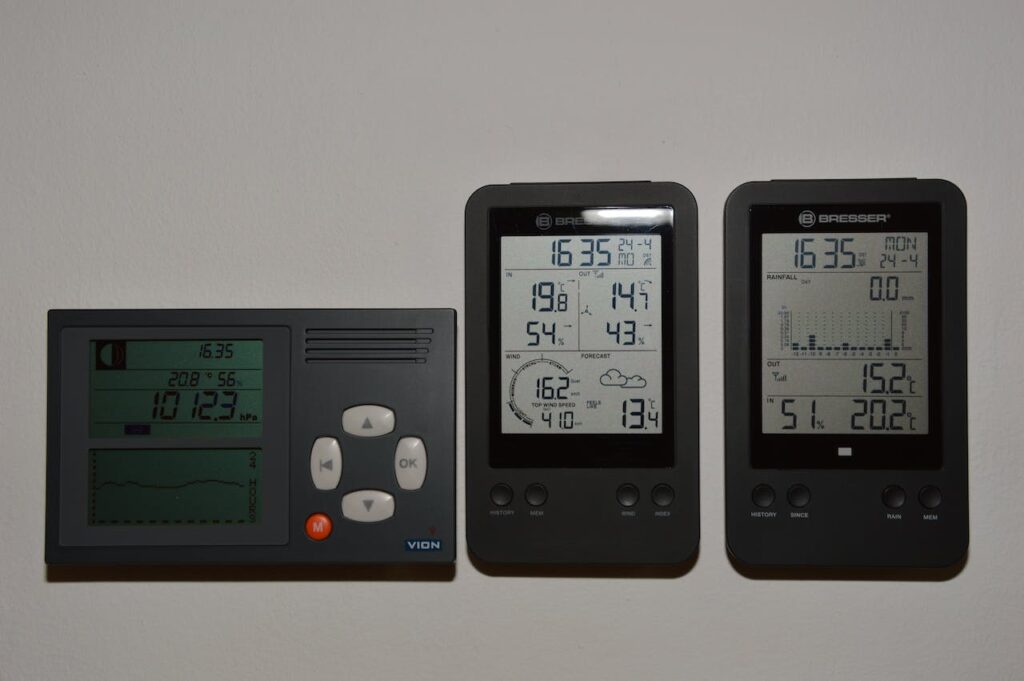

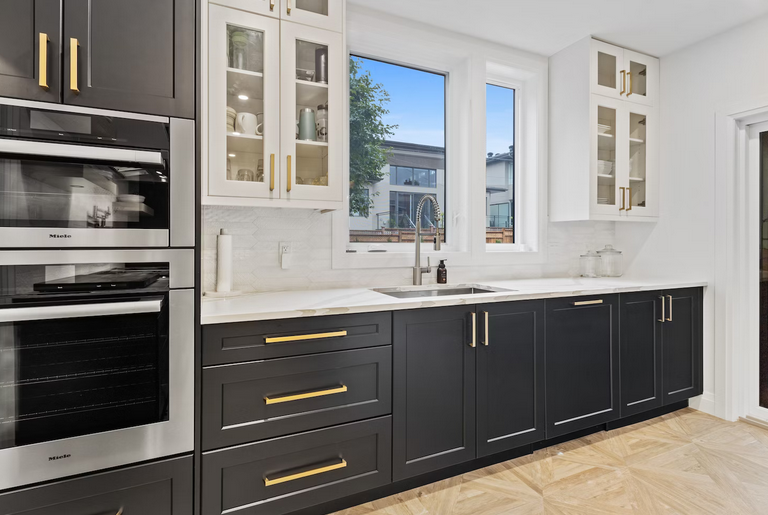
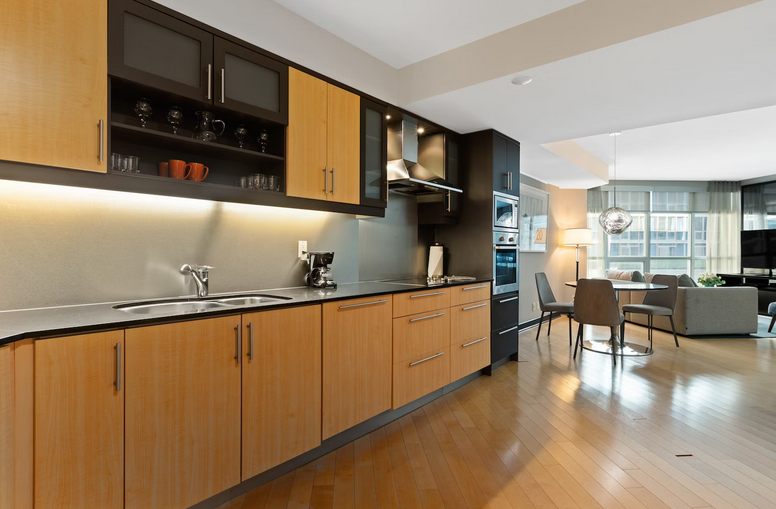

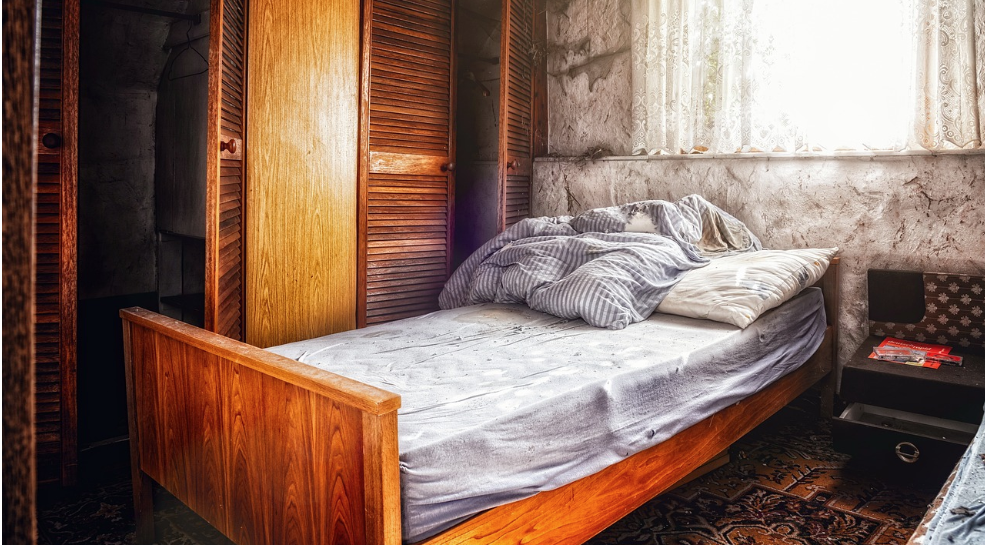 The first step in effectively eliminating bed bugs is replacing infested items. In severe cases, this includes your bedding, pillows, mattress, and even furniture. Bed bugs can hide in the smallest crevices and cracks, making it difficult to eradicate them from these items completely. When replacing your bedding, opt for high-quality materials that are tightly woven and difficult for bed bugs to penetrate. Encase your new mattress with a protective cover for bed bug prevention. If you have any upholstered furniture that’s been infested with bed bugs, consider getting rid of it altogether. It’s unlikely that you’ll eliminate every last bug from within the upholstery or stuffing.
The first step in effectively eliminating bed bugs is replacing infested items. In severe cases, this includes your bedding, pillows, mattress, and even furniture. Bed bugs can hide in the smallest crevices and cracks, making it difficult to eradicate them from these items completely. When replacing your bedding, opt for high-quality materials that are tightly woven and difficult for bed bugs to penetrate. Encase your new mattress with a protective cover for bed bug prevention. If you have any upholstered furniture that’s been infested with bed bugs, consider getting rid of it altogether. It’s unlikely that you’ll eliminate every last bug from within the upholstery or stuffing.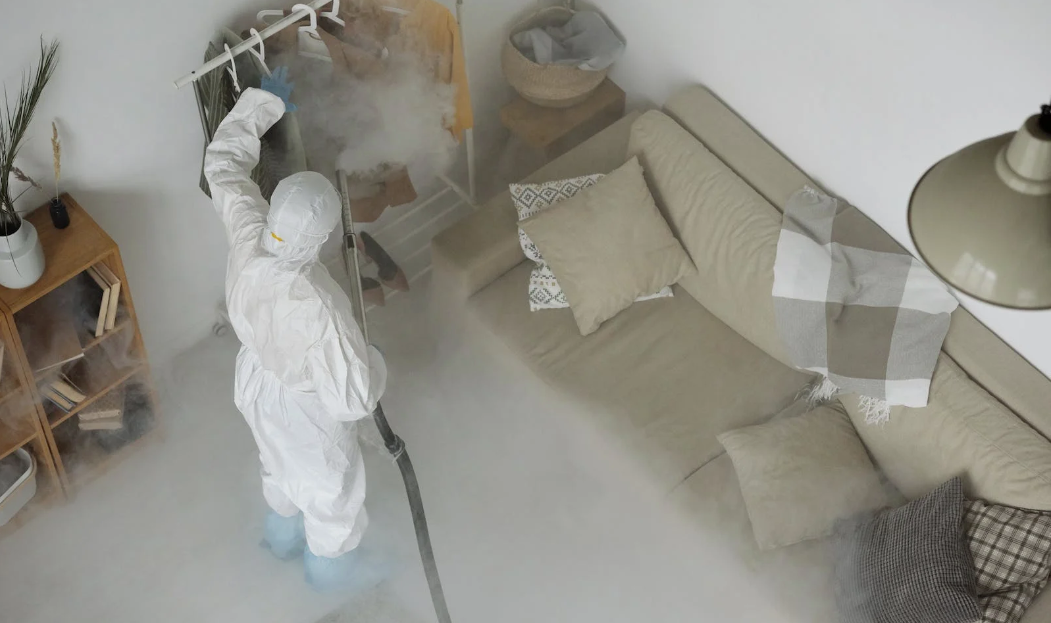 If you have tried all the DIY methods and still can’t get rid of bed bugs or have just bought a new
If you have tried all the DIY methods and still can’t get rid of bed bugs or have just bought a new 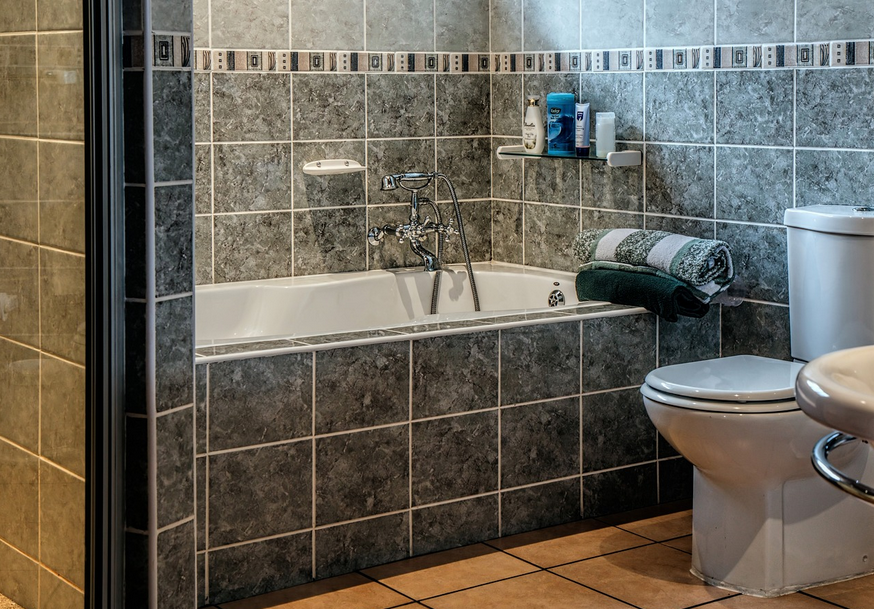
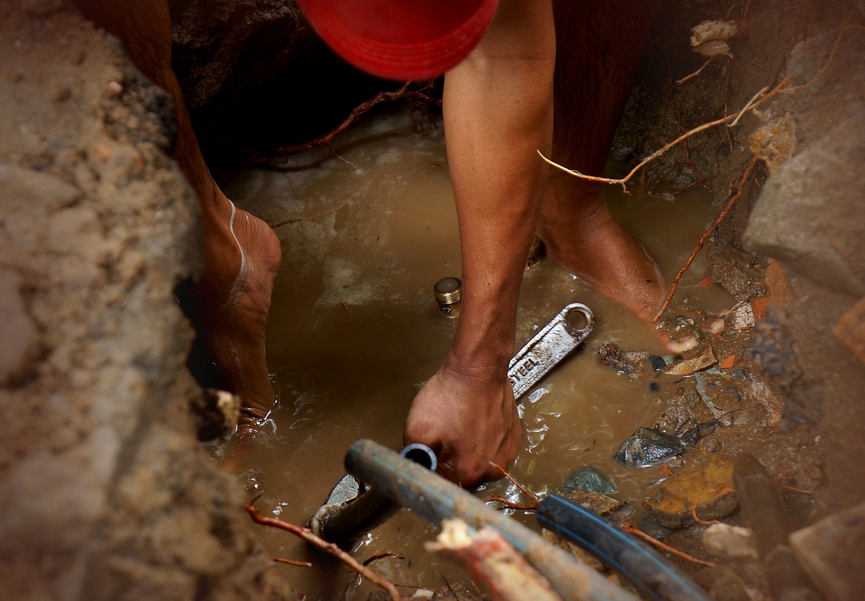




 Maintaining a tidy workspace is essential for productivity. Spend time weekly to clean the desk and keep your workstation organized by filing documents into folders or drawers when not in use. And remember to eliminate any unnecessary clutter that distracts you from your work. Turning your home into a workplace requires dedication and creativity, but with these tips, you can create an efficient, productive office space in the comfort of your home. Invest in quality furniture and equipment, equip yourself with necessary supplies, add personal touches and keep it clean. All that is left is for you to sit down and start making money from home.…
Maintaining a tidy workspace is essential for productivity. Spend time weekly to clean the desk and keep your workstation organized by filing documents into folders or drawers when not in use. And remember to eliminate any unnecessary clutter that distracts you from your work. Turning your home into a workplace requires dedication and creativity, but with these tips, you can create an efficient, productive office space in the comfort of your home. Invest in quality furniture and equipment, equip yourself with necessary supplies, add personal touches and keep it clean. All that is left is for you to sit down and start making money from home.…
 Another important consideration is the types of foods you plan on cooking. Air fryers can be used to cook a wide variety of foods, but some are better suited for specific tasks than others. If you only ever plan on cooking frozen foods, any air fryer will do. But if you want to be able to cook fresh foods as well, you’ll need to choose a model with adjustable settings.
Another important consideration is the types of foods you plan on cooking. Air fryers can be used to cook a wide variety of foods, but some are better suited for specific tasks than others. If you only ever plan on cooking frozen foods, any air fryer will do. But if you want to be able to cook fresh foods as well, you’ll need to choose a model with adjustable settings.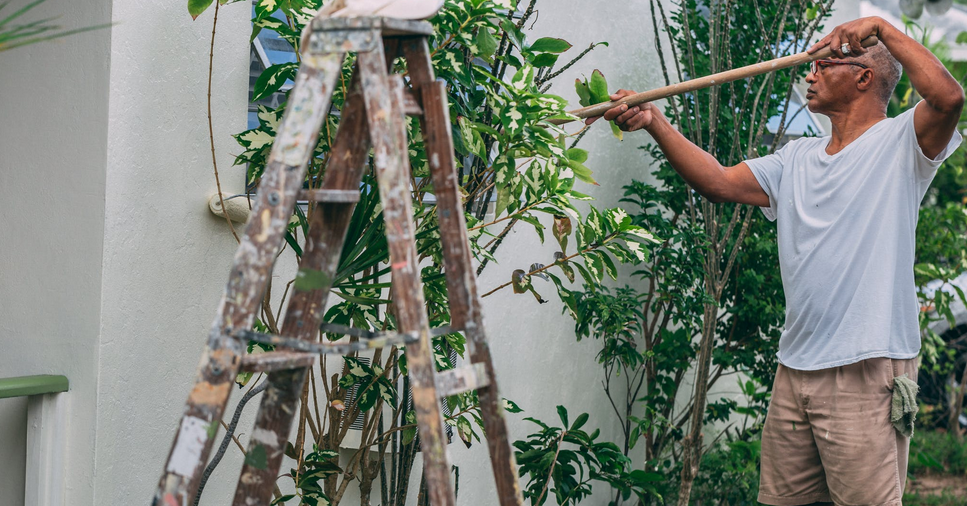
 It is essential to note that money is one of the main factors that will help you find the right painting contractor in your area. Like many other companies, a painting service provider will require you to pay a specific amount of money for the services that they provide.
It is essential to note that money is one of the main factors that will help you find the right painting contractor in your area. Like many other companies, a painting service provider will require you to pay a specific amount of money for the services that they provide. Apart from the amount of money you are willing to spend, it is crucial to consider the type of reputation a painting contractor has. It is essential to point out that different companies usually have track records you can easily find online. You can also talk to some of the local homeowners in your area.
Apart from the amount of money you are willing to spend, it is crucial to consider the type of reputation a painting contractor has. It is essential to point out that different companies usually have track records you can easily find online. You can also talk to some of the local homeowners in your area.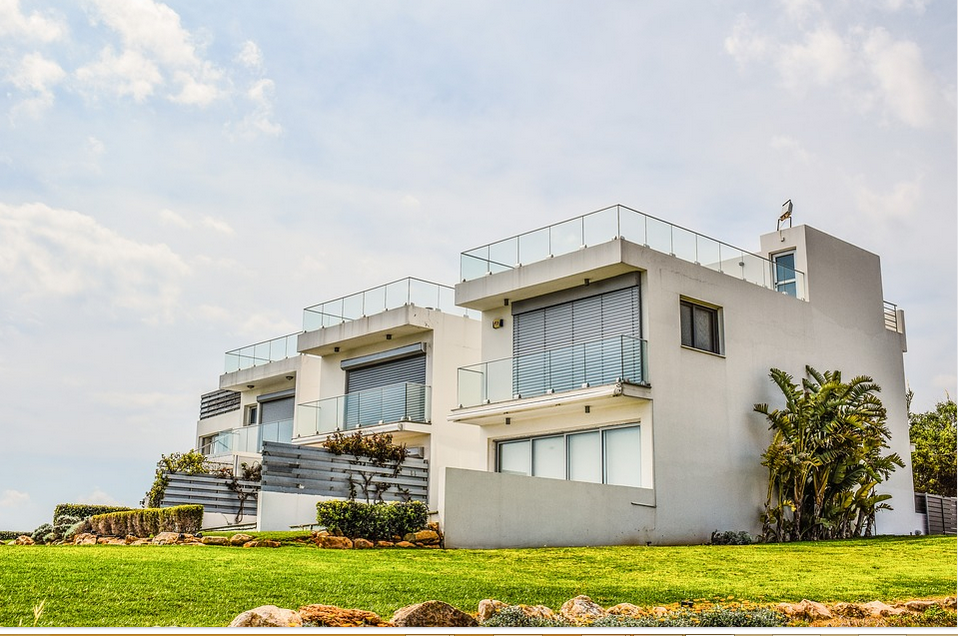
 First of all, before you dive right into buying a house, you should first assess your financial position, evaluating your assets and debts. Without doing this, you might land into financial troubles soon after buying a house. Take a look at the family’s financial needs and ascertain whether you will have the required finances even after purchasing the home.
First of all, before you dive right into buying a house, you should first assess your financial position, evaluating your assets and debts. Without doing this, you might land into financial troubles soon after buying a house. Take a look at the family’s financial needs and ascertain whether you will have the required finances even after purchasing the home. The decision to buy a house should be based on your own needs, and anything else can land you into trouble. When you have decided to buy a house, you know the amount of money available to spend. However, it is usually the more expensive homes that appear to be more elegant, tempting you to go overboard. Be careful not to go past your budget as your finances will be greatly affected in the future.
The decision to buy a house should be based on your own needs, and anything else can land you into trouble. When you have decided to buy a house, you know the amount of money available to spend. However, it is usually the more expensive homes that appear to be more elegant, tempting you to go overboard. Be careful not to go past your budget as your finances will be greatly affected in the future.
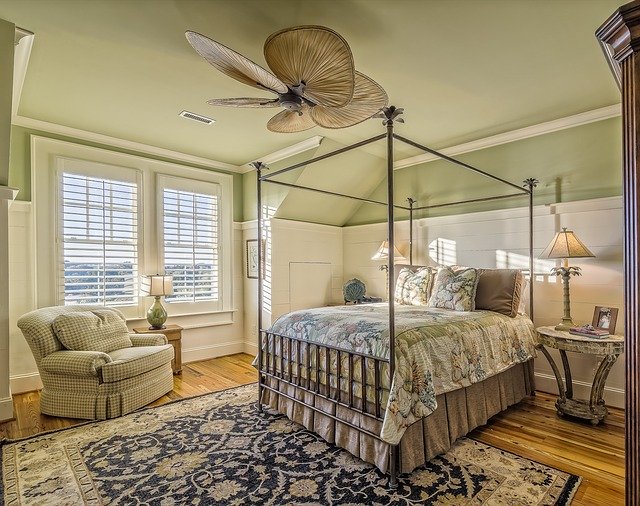 If you are not yet confident enough, start working in your own bedroom. It can be a make or break situation, and when you fail in your first hurdle, it will be you who will have to deal with the consequences because it is your room. You can move to other rooms like your toddler’s bedroom and playroom.
If you are not yet confident enough, start working in your own bedroom. It can be a make or break situation, and when you fail in your first hurdle, it will be you who will have to deal with the consequences because it is your room. You can move to other rooms like your toddler’s bedroom and playroom. Carefully Choose Decorative Stuff
Carefully Choose Decorative Stuff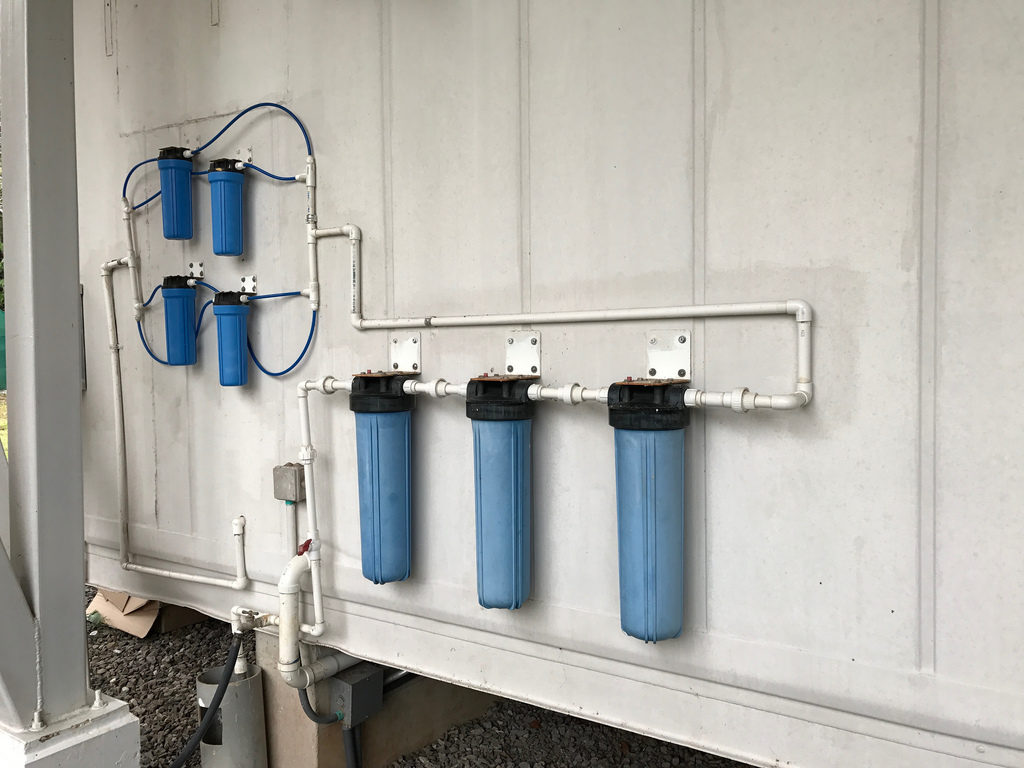
 evaluating your water needs. First, ensure that you learn more about the POS systems and the POE systems. These are the two main types of water filters that are used at home.
evaluating your water needs. First, ensure that you learn more about the POS systems and the POE systems. These are the two main types of water filters that are used at home. This is the best water filtration system because it treats most of the water that enters a home. Therefore, if you want to treat the water that enters your home, this is the best type of filtration system you need to purchase. With this system, you will not be in any worry because once the water enters at your property line, it is filtered immediately and then it flows throughout the entire home.…
This is the best water filtration system because it treats most of the water that enters a home. Therefore, if you want to treat the water that enters your home, this is the best type of filtration system you need to purchase. With this system, you will not be in any worry because once the water enters at your property line, it is filtered immediately and then it flows throughout the entire home.…
 Location is one of the significant aspects you are required to remember when buying a condo. You are required to select a condo that is in an excellent area. Also, you need to consider the proximity of your workplace and the location of your condo. Therefore, ensure that you have selected a place where you can easily access through significant roads, hospitals, and schools. If you are unable to locate most of these amenities, avoid buying the condo.
Location is one of the significant aspects you are required to remember when buying a condo. You are required to select a condo that is in an excellent area. Also, you need to consider the proximity of your workplace and the location of your condo. Therefore, ensure that you have selected a place where you can easily access through significant roads, hospitals, and schools. If you are unable to locate most of these amenities, avoid buying the condo.